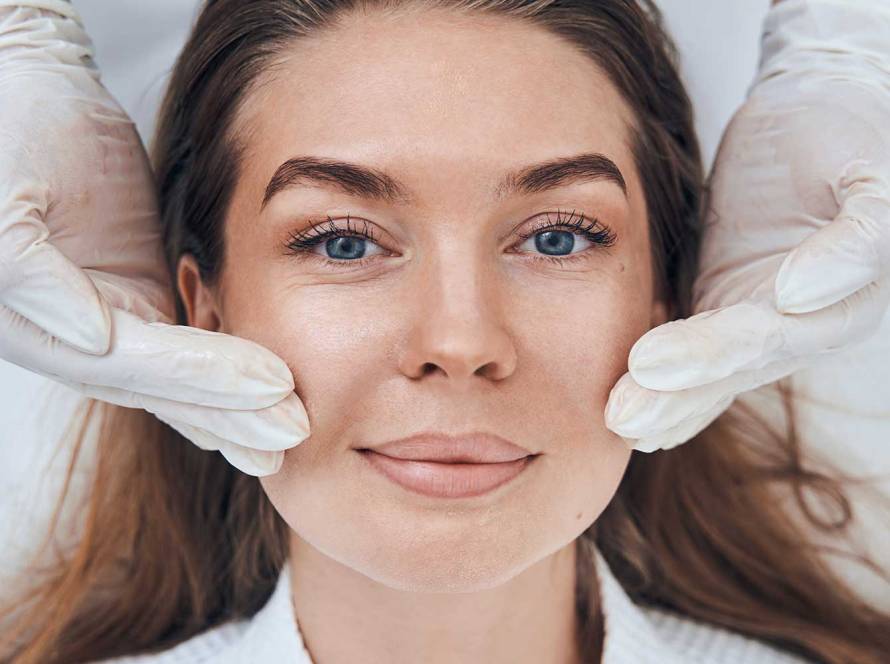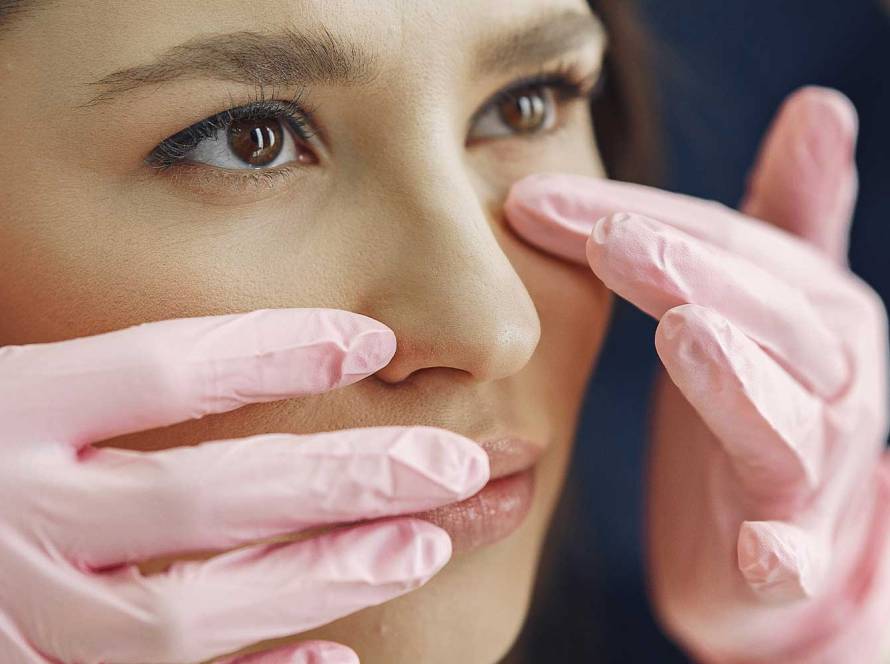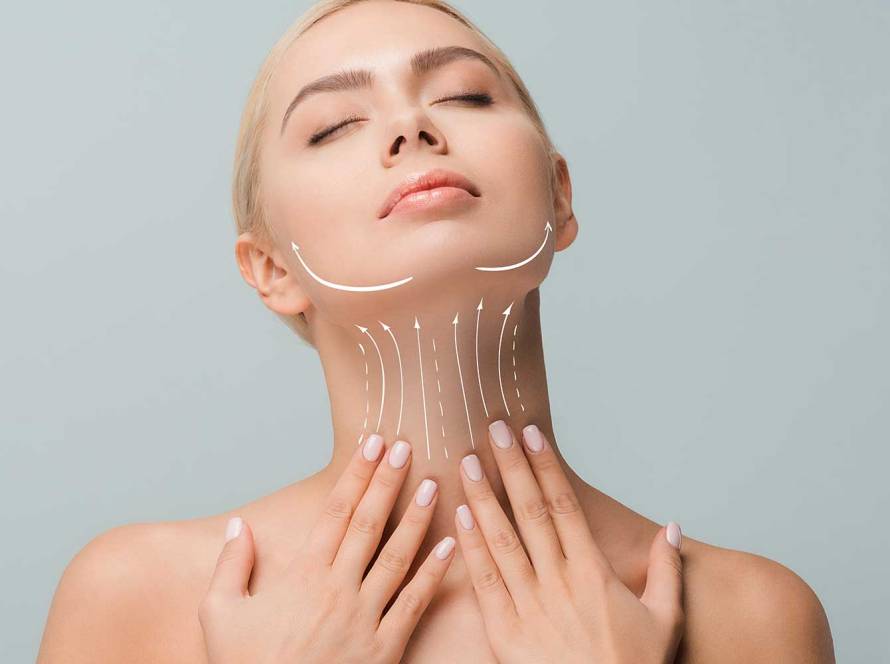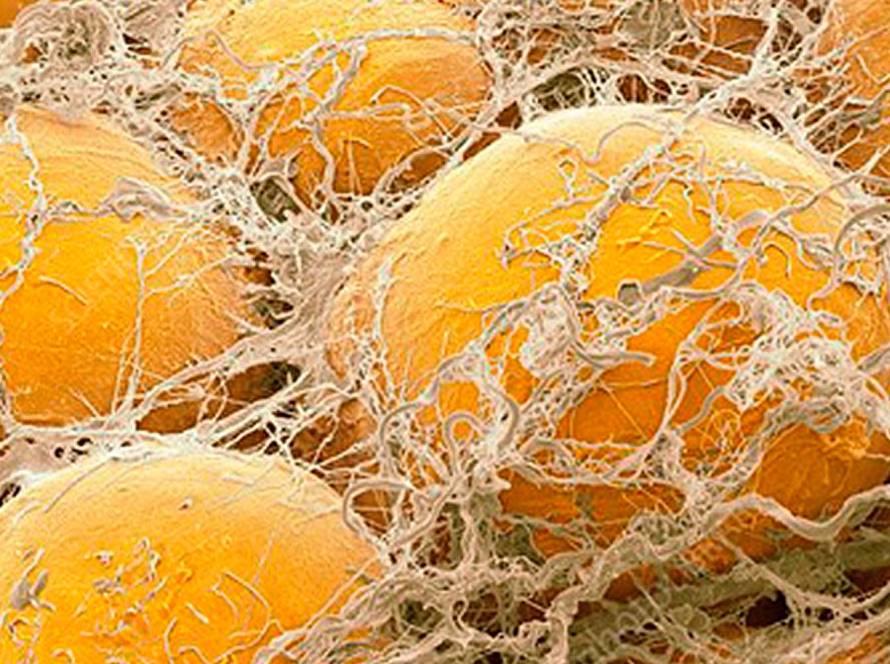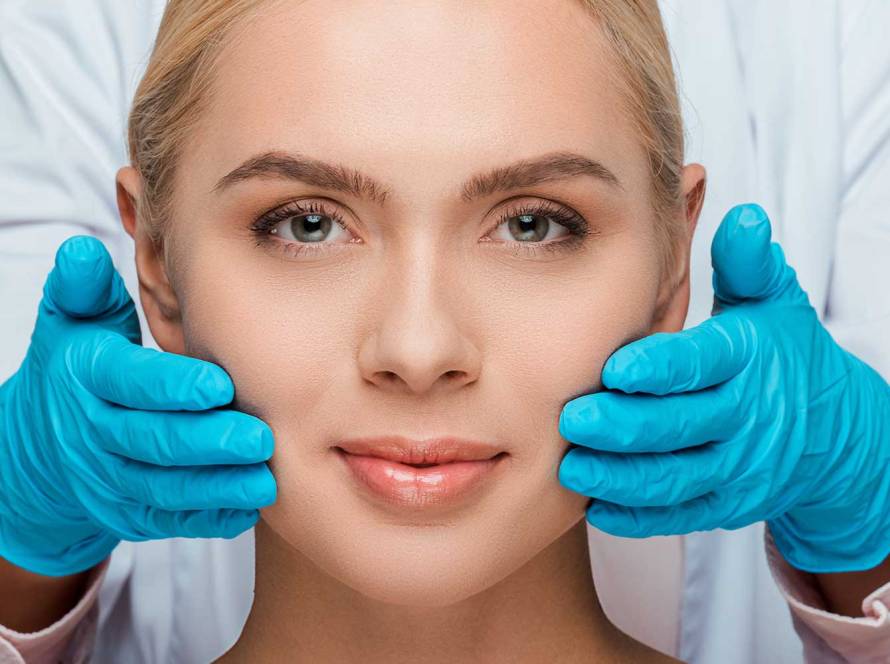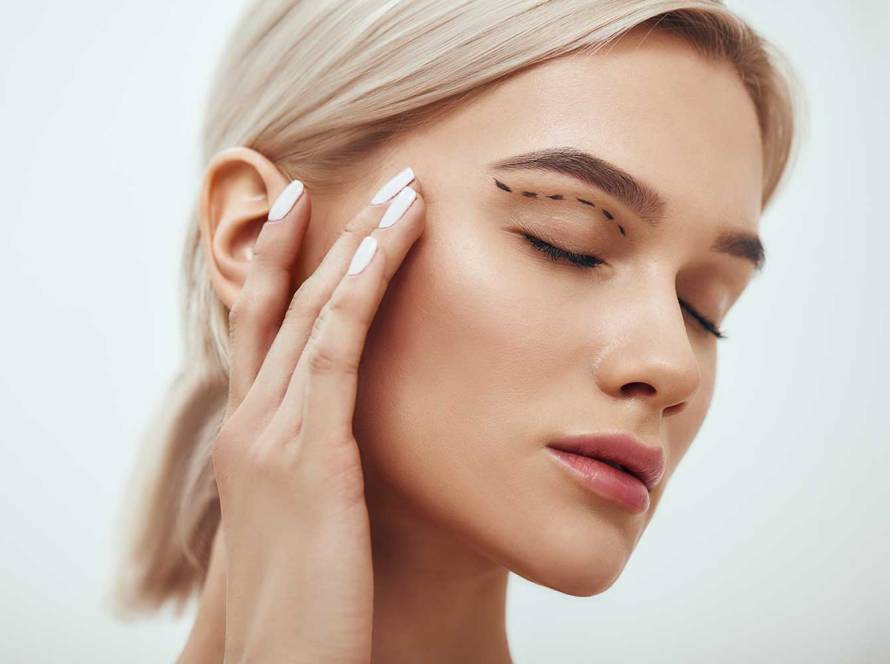Face lift can be defined as the surgery to remove the sagging and discharges on the face that occur with aging. In facelift surgery, the excess fat tissue on the cheek and neck is removed, the fascia and fat tissues on the face are pulled to the place where they normally should be, and the excess and sagging skin is removed. Thus, a younger, natural and tighter facial appearance is obtained.
Anesthesia
General
Operation
3-7 min.
Recovery Time
3-6 Weeks
Final Conclusion
3 week
Pain
Minimal
The most suitable candidates for facelift operation are patients over 40 years of age with sagging face and neck. According to the needs of the patient, various face lift operations such as modern face lift, mid face lift and neck lift can be performed.
In modern facelift surgeries, the neck, face, forehead and eyelids are generally rejuvenated as a whole. The incision starts behind the ear, extends from under the earlobe to the front of the ear and towards the hairline in the temple area. The structure called “SMAS” under the skin and covering the facial muscles is stretched upwards and sagging is removed. A tight and youthful facial expression is obtained by removing the excess amount of skin. Stitch marks are so few that they are not noticeable as they are located behind the ear, in front of the ear and at the point where the hair ends. The healing process takes about 10-15 days. However, it may take a few months for the edema to pass and the tissues to heal. How long the effect of the operation lasts and whether it is permanent is one of the most frequently asked questions. With the operation, the facial appearance is rejuvenated by about 10-15 years. The aging process continues through the new face appearance. If sagging develops in later ages, a mini facelift may be sufficient most of the time.
We can list the structures in the mid-face area as lower eyelids, cheeks and cheekbones. With aging, the fullness of the cheeks decreases and the cheeks slide down over the bones. In the midface region, flattening and flattening occur. The face loses its triangular shape and becomes a square. Under-eye bags become evident on the lower eyelids. A line is formed between the cheek and the eyelid, and this groove is called the tear trough. Sagging cheeks cause a deep line between the nose and lip edges. All these changes make the person look older than they are.
The operation is performed with an incision made from the lower eyelid eyelashes. Therefore, the scar that will remain only in those who have undergone mid-face lift surgery is similar to lower eyelid aesthetics. It's usually not very obvious. The operation takes approximately 2-3 hours.
The healing process may take a little longer in mid-face lift surgeries. It can take 15-20 days for the edema to go away. Complete recovery may take up to 6 months. The patient usually returns to his normal life from the 15th day.
Neck lift operation can be combined with other face lift operations or it can be performed alone. For a good neck appearance, sagging structures should be tightened and excess fat, if any, should be removed. The surgical scar is usually located under the chin and behind the ear. Excess fat is removed with careful liposuction on the neck. Fat located under the muscles just below the chin in the midline is removed with an open technique. If there is sagging in the salivary glands located on both sides of the neck, they are corrected. The muscle surrounding the neck, called the platysma, is tightened. If there is an excess of excess skin, they are removed from behind the ear. Traces are not obvious as they can be hidden behind the ear and under the chin. A week to ten days may be sufficient for recovery.
Full face rejuvenation procedures are more comprehensive operations in which the upper, middle and lower face parts are rejuvenated at the same time. It is often done over the age of 50. Apart from a full face lift, eyelid surgery and fat injections are also performed. If necessary, peeling procedures for the skin can also be performed. While performing full face rejuvenation procedures, it is important not to deviate from the patient's original appearance and not to cause results that will disturb the patient and his/her environment.
Full face rejuvenation procedures are usually performed on people over 50 years of age who have signs of aging all over their face. It is important that the patient does not have general health problems that prevent surgery, and that if he has high blood pressure, it should be controlled beforehand.
Surgery is often started with fat injections. Adipose tissue taken from the body and purified is given to the eye area, mid-face, nose-lip lines, and Marionette lines that go down from the corners of the lips. If necessary, oil is injected into the lips. If there is a problem on the upper face of the patient, forehead stretching or eyebrow lifting can be performed. This can be done in the form of an endoscopic forehead lift or by extending the facelift incision to the temple area. Then the upper and lower eyelids are operated. The midface can be intervened through the lower lid incision. In a full facelift, the face and neck skin is lifted with the help of an incision that starts in front of the ear and turns to the back of the ear if necessary, and then extends into the scalp. If there is not much problem in the neck, the scar is left only in front of the ear. This procedure is called a short scar face lift. The SMAS layer, which is a layer under the skin and includes our mimic muscles, is stretched with sutures in accordance with the needs of the patient and the lower layer of the face is shaped. If this procedure is not done, patients will return to their former state in a short time after facelift. If there is fat on the neck, fat is usually removed with the help of liposuction. If there are many vertical bands on the neck and there is a turkey neck appearance, a short incision is made under the chin and the neck is opened and the neck muscles are stitched together. This process highlights the neck angle. If the jawbone is behind, it is clarified with jaw tip prostheses or fat injections. Marionette lines descending from the lip edges are filled with fat injections. If the lower half of the face is oily, it can be thinned with liposuction. Excess skin on the face and neck is cut and removed. The scars are sewn in front of the ears, behind them and hidden in the hair. Dermabrasion for vertical cigarette lines on the upper lip, chemical peeling for fine wrinkles around the eyes can be done.
As in all surgeries, it is necessary to stop aspirin and smoking 3 weeks before the surgery in full-face rejuvenation procedures. In the last 1 week, it is necessary to stay away from drugs and similar substances that can dilute the blood.
Things to avoid:
-Painkillers such as Apranax, Voltaren, Vermidon (Minoset, Novalgin can be used when pain relief is required),
-Multivitamin pills containing substances such as ginseng, ginko biloba, co-enzyme Q,
-Green tea, flaxseed, cherry stalk, tomato seed herbal products
-All weight loss products
Full face rejuvenation surgeries are performed in the operating room environment, under general anesthesia or heavy sedatives (sedation).
Full facelift operations take about 3 hours, and if the barber has eyelids, it takes up to 5 hours.
Facelift procedures are not painful. Patients complain of tension and pressure rather than pain. This will pass in a few days. It is swelling and bruising that worries patients more than pain. It can be said that facial rejuvenation procedures are generally painless.
After facelift procedures, patients are kept in the hospital for 1 night. The next day, the drains are removed and they are discharged. Swelling and bruising are largely regressed within a week. Stitches are removed after six days. The patient can take a bath 48 hours after the operation. It may take up to 20 days for swelling and bruising to go away. However, it may take up to three months for the face to fully fit and take its final shape, depending on the thickness of the skin and the procedures performed. As after all facial surgeries, the patient should protect himself from direct sun for 3 months.
Swelling and bruises are expected problems and are temporary. Bleeding in the early period is an important problem. In order to avoid this, the patient should not use blood thinners before the surgery, if there is blood pressure, it should be controlled, and blood pressure should be kept low during and after the surgery. If it still happens, the patient is operated again and the bleeding is stopped. There may be persistent edema on the neck and mid-face. Softening and thinning of the neck and mid-face area may take longer than expected. In such cases, auxiliary methods such as lymphatic drainage massage, radiofrequency, and deep tissue ultrasound can be used. After facelift procedures, paralysis or weakening of movements can be seen in the eyebrow or lower lip. This condition is rarely permanent. It usually goes away in a few days, but sometimes it can take weeks.
One of the most feared problems after face and neck lift is wound healing difficulties and skin loss. This problem may be encountered especially in cases where stretching is performed excessively, in patients with postoperative bleeding and in smokers. For this reason, it is necessary to quit smoking at least three weeks in advance.
After the surgery, the aging process continues and there is some loosening and sagging in the stretched areas. However, this never returns to its pre-operative state. The permanence of the surgery varies according to the technique used and the characteristics of the patient. Those with thick and oily skin experience sagging earlier.

